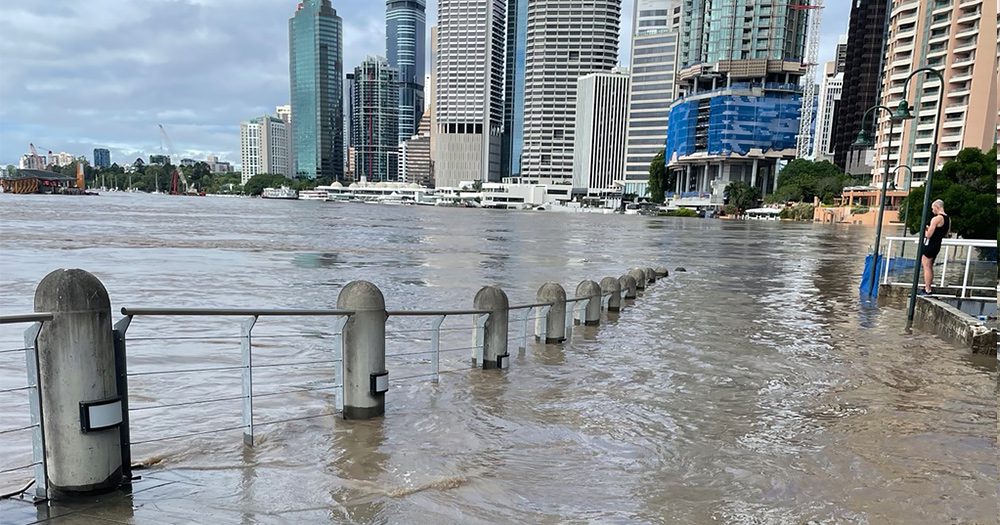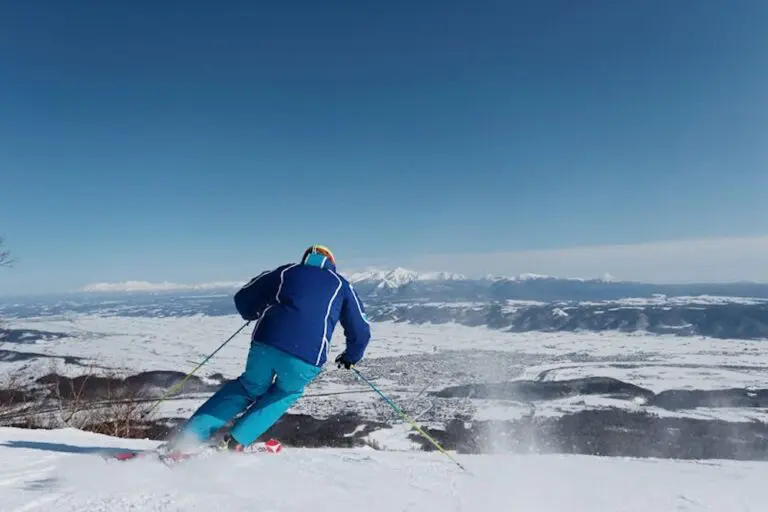All of southeast Queensland is likely to be declared a “disaster emergency zone”, with deadly floods still peaking in some areas after parts of the region were hit by the most intense rainfall ever recorded.
Eight people have died and hundreds have been rescued from floodwaters which have damaged at least 19,000 homes and won’t fully recede for days.
There were blue skies over much of the region on Tuesday morning, but major flooding is underway on the Brisbane, Logan, Bremer and Mary rivers, and Warrill Creek after the torrential downpours of the past week.
More than 1.77m of rain fell on Mount Glorious, 1.55m at Pomona on the Sunshine Coast and 1.23m at Upper Springbrook on the Gold Coast in seven days.
Brisbane copped 795mm – the city’s wettest week since records began in 1840 – with Premier Annastacia Palaszczuk saying much of the wider region is devastated.
“We will get to the stage where basically the entire southeast will be declared a disaster emergency zone,” she told Nine’s Today program on Tuesday.
“At the moment, they are doing council, one-by-one. Don’t forget Ipswich has been badly impacted as well, now Logan is experiencing it, they definitely will.
The Gold Coast Airport (OOL) reopened this morning after closing yesterday due to the effects of the rain including staff unable to get to work. Brisbane Airport also saw disruption yesterday with flights delayed throughout the day and similar staffing issues.
Hundreds of homes are being inundated in Logan, south of Brisbane, where the Logan River is still yet to peak on Tuesday morning.
At Waterford, the river is 10.9m already and set to hit 11m, which is well above a major flood peak of 9m recorded in 2017.
The Mary River is also starting to drop at Maryborough after peaking at 10.3m on Monday night, 5cm above the 2017 flood level.
The floods have damaged more than 15,000 homes in Brisbane and 3600 in Gympie, and another 43,860 properties were without power on Tuesday morning.
More than 800 schools also remain closed across the southeast, and floodwaters still cut many roads.
The premier said the suffering of people in the southeast and Greater Brisbane hit her personally.
“Of course it does. I love this city and to wake up and to see the rivers like this, and to see the images of people’s personal hardship and trauma … You know, it is very tough,” she said.
Acting Senior Sergeant Andrew Howard, in charge of the Brisbane Water Police, said the Brisbane River and other rivers flooding across the southeast remain extremely dangerous.
“It’s unlike anything you’ll ever see as a mariner,” he told ABC Radio on Tuesday.
“The force of the water that’s pushing through there … in some places, it’s up to 10 knots … (The) speed and the sheer volume of it. You just got to be very, very cautious.”
Snr Sgt Howard said the past four days have been harrowing, with at least 630 water rescues made and more than 10,000 calls for help responded to across the southeast.
“It’s probably what you don’t see … That’s what bothers you, especially when you’re operating at night time,” he said.
“We operate around the clock. We’ve seen a lot of people’s expensive … dreams and vessels, assets, their homes, just washing away.
“We’ve evacuated a number of people vessels in distress, some of them … we’ve just got them off the off the vessel or a pontoon before upon another vessel crashes into it, and they just watch it sink before their eyes.”
On Monday, a crane on a floating pontoon that broke loose from its moorings near the Story Bridge was secured.
The incident triggered evacuations of the Brisbane River bank after authorities were concerned the crane could damage the bridge or smash into the nearby Howard Smith Wharves.
Via AAP






